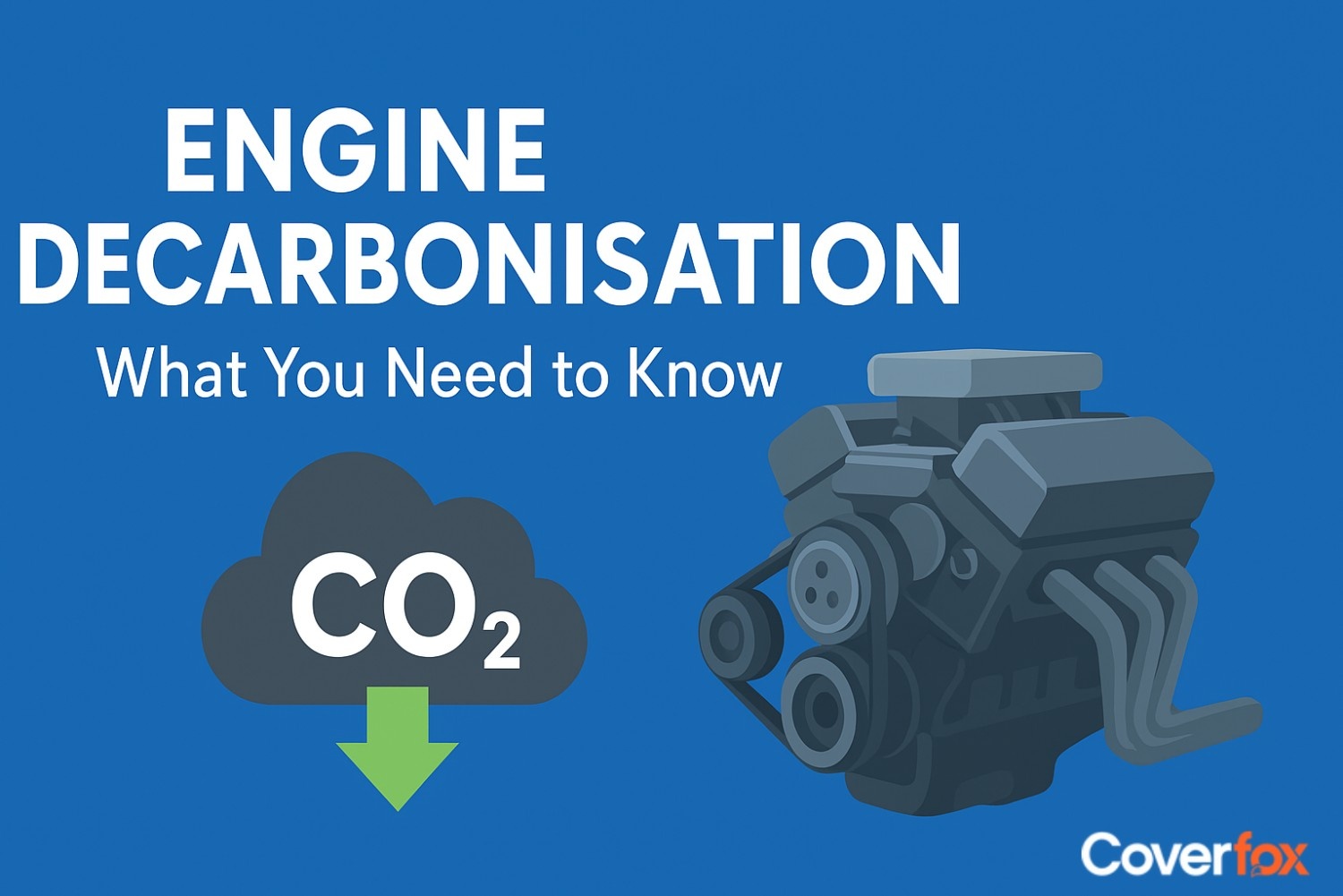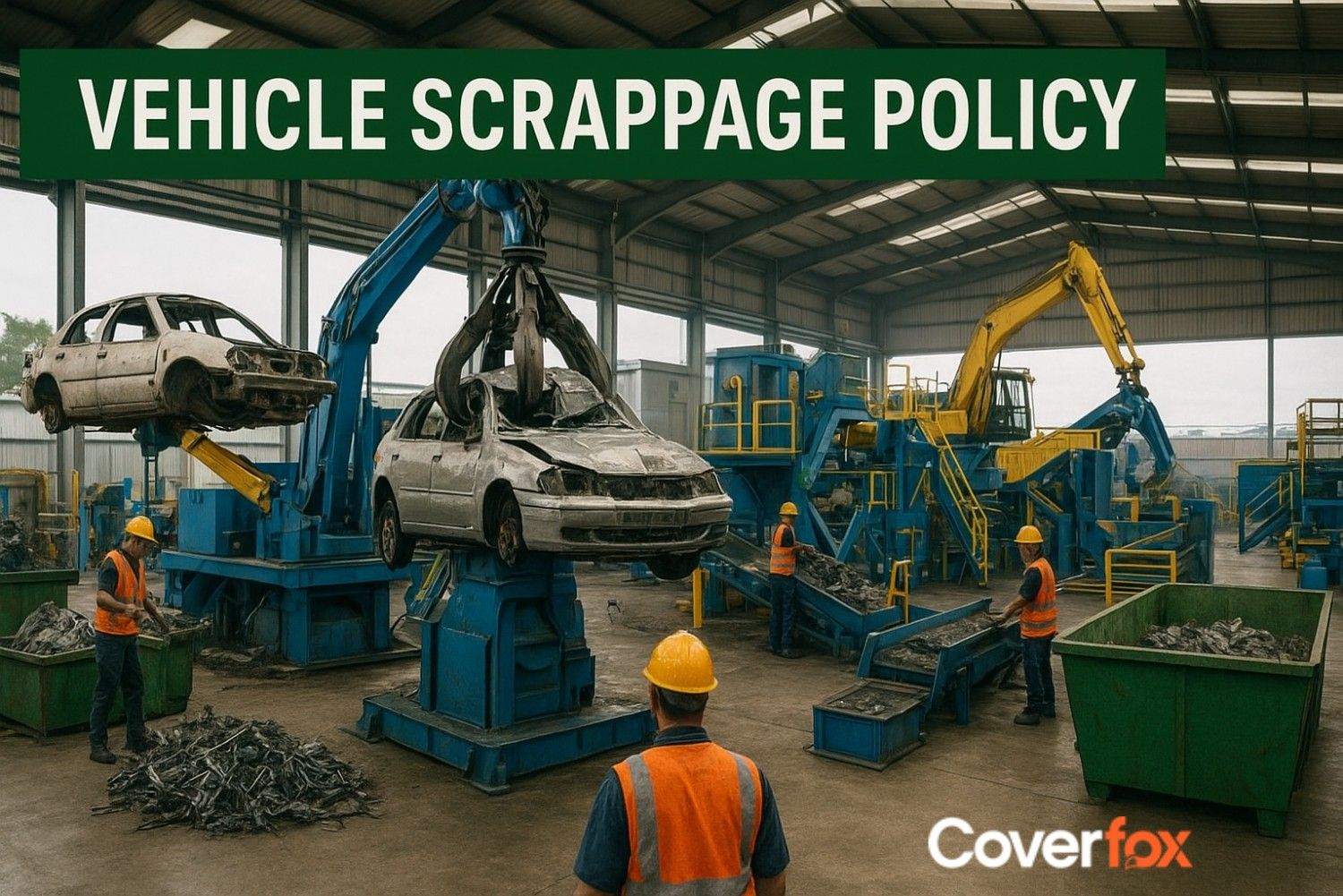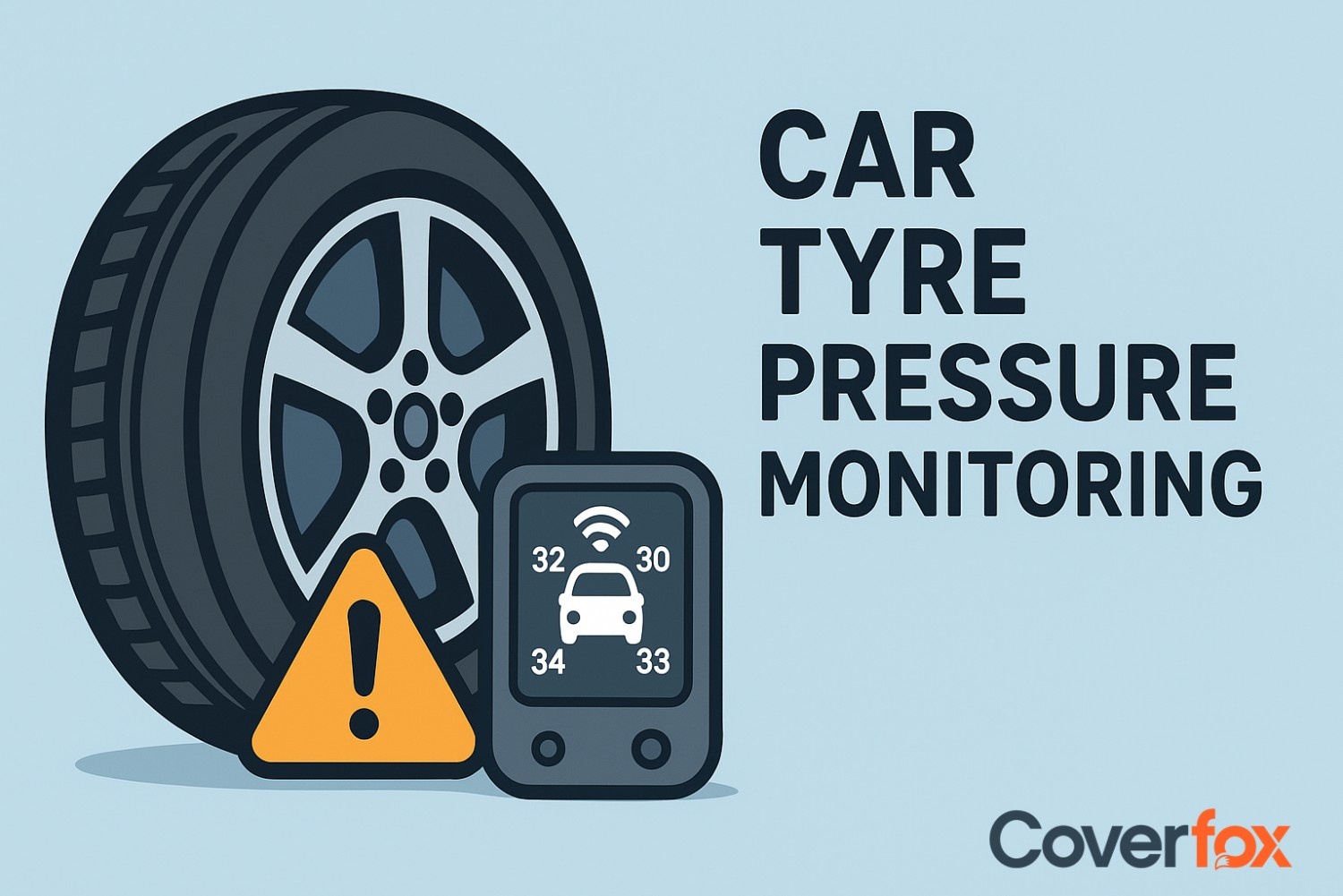Owning an antique car is not simply a means of transportation but keeping a part of history alive and providing a timeless elegance with it. But with owning one comes a whole set of responsibilities, especially when dealing with insurances. A vintage car insurance is thus different from any other and is tailored to the peculiar needs of owners of these classic and antique cars.
.jpg)
In this article, we will discuss what vintage car insurance is, why it is essential, and how you can choose the best policy to protect your timeless treasure.
What is Vintage Car Insurance?
- Vintage car insurance is a specialized automobile insurance designed for cars that are graded as vintage, classic, or antique.
- These vehicles are usually over 20-30 years old, properly maintained, and have tremendous historical or collectible value.
- Unlike standard car insurance that is based on the depreciating value of a vehicle, vintage car insurance is based on the car's agreed value, which is a pre-determined valuation agreed to by the insurer and the car owner.
Why Do You Need Vintage Car Insurance?
Owning a vintage car comes with unique challenges and risks. Standard car insurance policies may not cover the full value of a vintage car or provide the necessary customization for its upkeep. Here's why vintage car insurance is essential:
- Specialized Coverage: Covers the unique value of the car based on its rarity, condition, and historical significance.
- Cost of Restoration: Old cars usually need special spare parts and skilled work, which is costly.
- Limited Use: Most old cars are used minimally, for exhibitions or rallies, or for special purposes, which standard policies might not cover.
- Risk Cover: Includes theft, accidental damage and loss while in transit to or on display at a show.
Criteria for Eligibility for Old Car Insurance
Not all old cars are considered vintage. The insurers often look for the following in general:
- Age of the Vehicle: In most cases, cars more than 20-30 years of age are considered vintage or classic.
- Minimal Use: The car must not be used for commuting but for pleasure, demonstrations, or rallies.
- Good Condition: It should be in good shape and roadworthy.
- Ownership Proof: The owner should be in possession of valid documents to prove ownership and, in some instances, membership in car clubs or vintage associations.
Vintage Car Insurance Features
As you shop for vintage car insurance, the following features are what you need to look out for:
- Agreed Value Coverage: While most normal car insurance only covers the market value, vintage car insurance covers agreed values established by both the insurance firm and the owner.
- Restoration Coverage: Restoring the vehicle to its former state following an accident or damage.
- Event Coverage: During exhibitions, rallies, and while in transport to and from events.
- Spare Parts Coverage: Replacement of rare and costly spare parts.
- Roadside Assistance: Emergency roadside services such as towing that is especially dedicated to classic vehicles.
- Flexibility in Repairs: Allows repairs by specialists or restoration experts rather than generic workshops.
Factors That Influence the Premium for Vintage Car Insurance
- Age and Make of the Car: Older and rarer cars tend to have higher premiums because of their collectible value.
- Agreed Value: The agreed value of the car directly influences the premium. Higher valuations result in higher premiums.
- Usage: Low usage and mileage may reduce the premium.
- Car Condition: Well-maintained cars with proper documentation get better insurance deals.
- Driver's Profile: Insurers may take into account the owner's driving history and claims record.
How to Insure Your Vintage Car
Here is a step-by-step guide on how to insure your vintage car:
- Assess Your Car's Worth: Have your car appraised by a professional or a vintage car association to determine its market and historical value.
- Find Insurers: Find insurers that specialize in vintage or classic car insurance.
- Compare Policies: Use online platforms to compare policies based on coverage, features, and premiums.
- Customize Your Policy: Add restoration coverage, spare parts coverage, and event coverage based on your needs.
- Submit Documents: Upload necessary documents, such as car proofs of ownership, appraised car reports, and images.
- Pay Premium: Complete the insurance with a premium payment. This time, pay online, since there are discounts involved
Popular Additional Options for Vintage Car Insurance
For added protection to your vintage car, check the following add-ons below
- Zero Depreciation Cover: That's where you get all of your claim amount minus all depreciation.
- Engine Protection Cover: Covers repairs for engine damage due to oil leakage or water ingression.
- Garage Cover: Provides coverage for damages occurring while the car is parked or stored in a garage.
- Transit Cover: Covers damages during transportation of the car.
Tips for Maintaining a Vintage Car
Proper maintenance is key to preserving the value and appeal of your vintage car. Here are some tips:
- Periodic Servicing: Take your car to specialists who deal with old cars for periodic servicing.
- Correct Storage: Store your car in a climate-controlled garage to avoid rust and damage.
- Use Genuine Spare Parts: Always use original and manufacturer-approved spare parts.
- Record Repairs: Maintain a record of all repairs and restorations.
How to Choose the Right Insurer
Not all insurers offer vintage car insurance, so it’s essential to choose one with expertise in this niche. Consider the following factors:
- Experience with vintage car insurance.
- Flexibility in customization and add-ons.
- Claims settlement ratio and customer reviews.
- Availability of network garages and specialists.
Conclusion
More than a mode of transportation, vintage cars are a mark of age-old craftsmanship and heritage. While protecting these priceless assets by the right vintage car insurance ensures their worth is left intact, you can stay financially secure, too. Understanding the details of vintage car insurance and making adjustments to your policy to better suit your requirements will have you driving confidently for a long time ahead, exhibiting your prized vehicle to onlookers with peace of mind.






